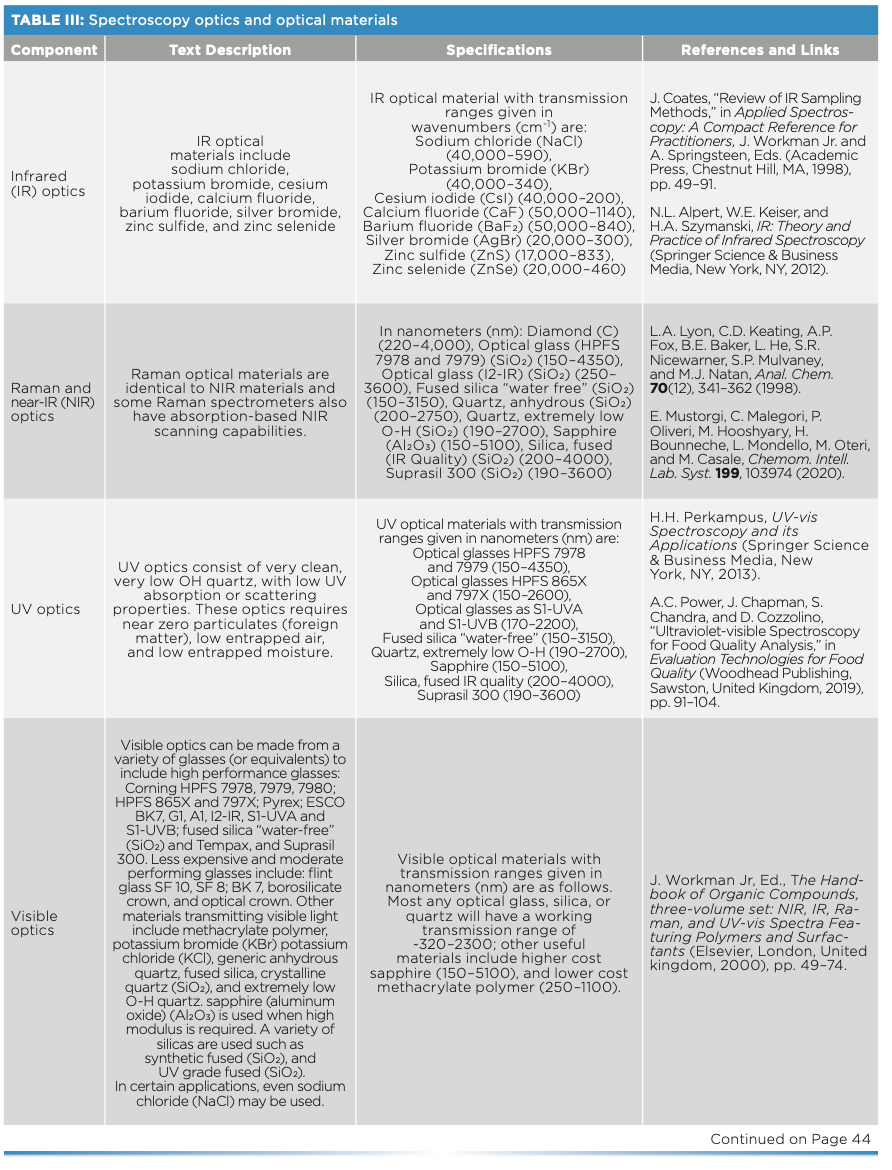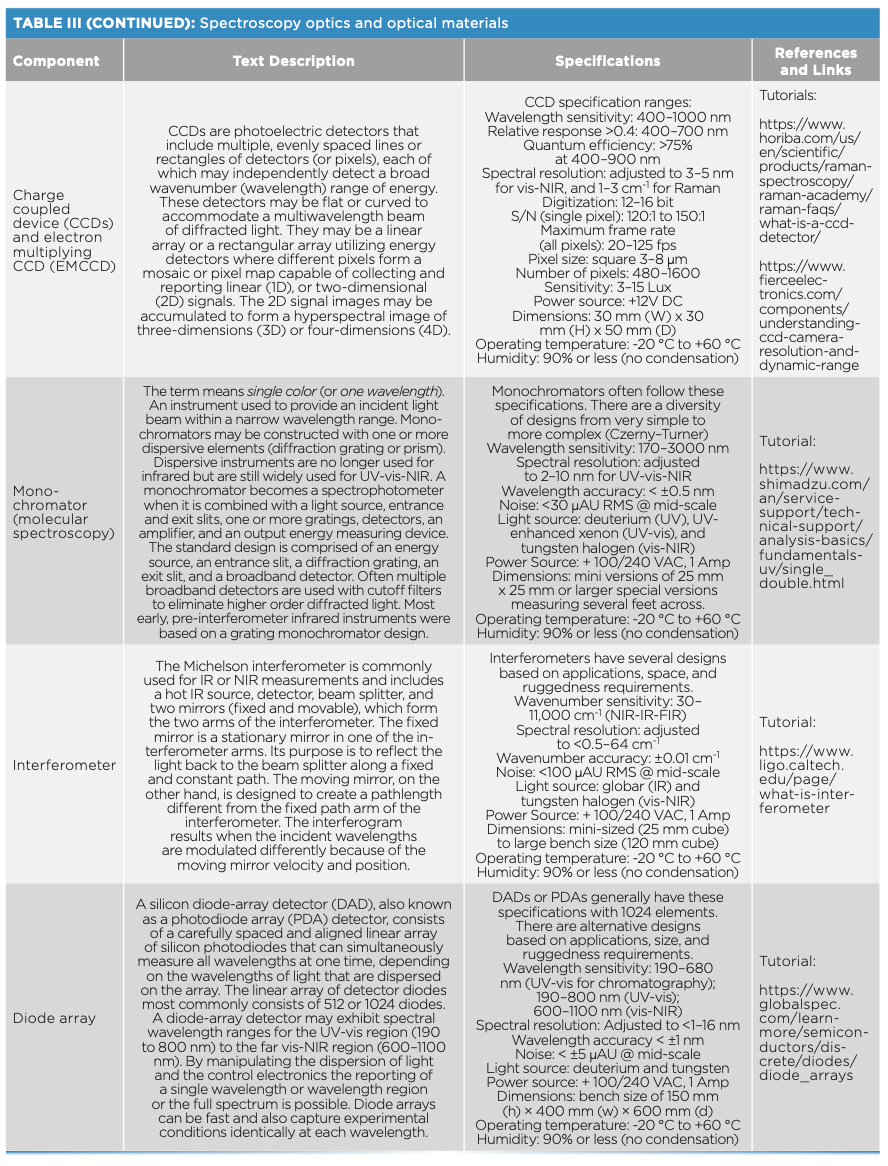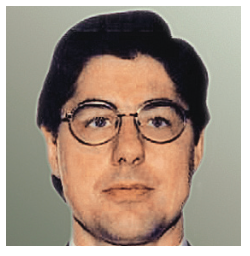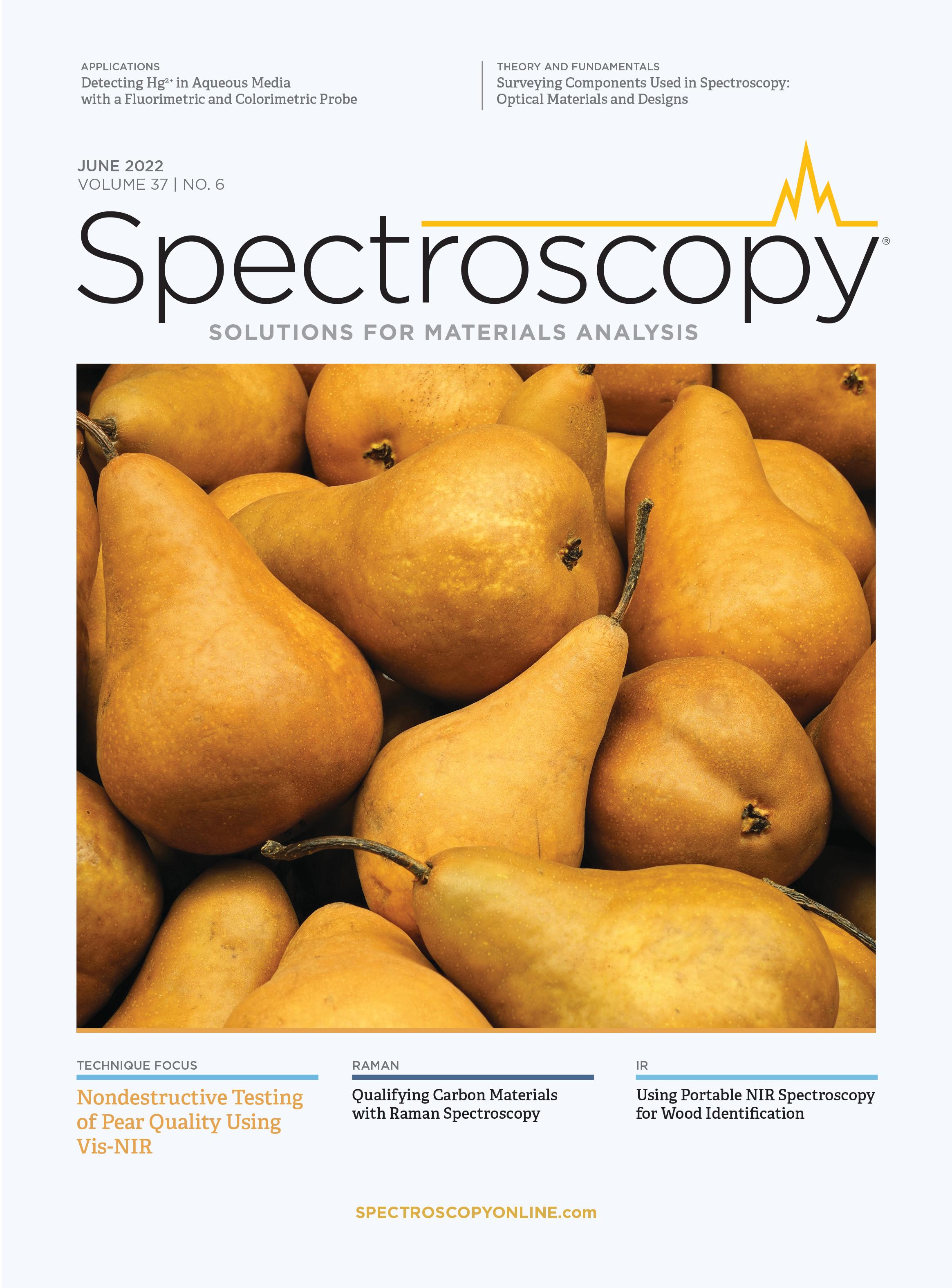A Survey of Basic Instrument Components Used in Spectroscopy, Part 2: Optical Materials and Designs
In this second part of this four-part series on spectroscopy instrument components, we look into optical components or subassemblies used for vibrational spectroscopy instruments. Our “under the hood” look continues as we survey the most typical instrument optical design component materials. As we continue publishing this survey series, we note that several tutorial articles and The Spectroscopy Instrument Components Terminology Guide, the latter of which was published digitally in February 2022, are available to our readers.
In Part 2 of our four-part spectroscopy components survey article, we take a closer look at a variety of aspects associated with spectroscopy optical materials and designs to include infrared (IR), Raman, and near-IR (NIR) optics, UV optics, visible optics, charge-coupled devices (CCDs), monochromators, interferometers, diode arrays, digital light processing (DLP) designs, microscopes, and hyperspectral imaging (HSI) systems. These are shown in Table III, with the table containing four columns of information content—the component name, a text description, basic specifications, and references and links are given in the table (1–5). Part I of this series is published in the March 2022 issue. Optical filters (high-pass, low-pass, interference, acousto-optic tunable filters [AOTF], tilting, broadband, narrowband, neutral density, custom, and so forth) is a rather large subject and beyond the scope of this article series. The Spectroscopy Instrument Components Terminology Guide covers the general filter terms (1), and we note the subject of optical filters would be an excellent topic for a future separate article. For the table, all components or optical assemblies are listed in alphabetical order.



References
(1) J. Workman, The Spectroscopy Instrument Components Terminology Guide 2022 37(s2), 1–25 (2022).
(2) J. Workman, The Concise Handbook of Analytical Spectroscopy: Physical Foundations, Techniques, Instrumentation and Data Analysis, in five volumes, first edition, UV, Vis, NIR, IR, and Raman (World Scientific Publishing-Imperial College Press, Hackensack, NJ and Singapore, 2016). ISBN-13: 978-9814508056.
(3) J.M. Chalmers and P.R. Griffiths, Handbook of Vibrational Spectroscopy (John Wiley & Sons, New York, NY, 1st ed., 2002). ISBN: 978-0-471-98847-2
(4) ASTM (American Society for Testing and Materials) ASTM Volume 03.06, “Molecular Spectroscopy and Separation Science; Surface Analysis” (ASTM International, West Conshohocken, PA, 2017).
(5) N.B. Colthup, L.H. Daly, and S.E. Wiberley, Introduction to Infrared and Raman Spectroscopy (Academic Press/ Elsevier, Boston, MA, 3rd ed., 1990). ISBN: 9780121825546.
Jerome Workman, Jr. is the Senior Technical Editor for Spectroscopy. Direct correspondence about this article to jworkman@mjhlifesciences.com ●


NIR Spectroscopy Explored as Sustainable Approach to Detecting Bovine Mastitis
April 23rd 2025A new study published in Applied Food Research demonstrates that near-infrared spectroscopy (NIRS) can effectively detect subclinical bovine mastitis in milk, offering a fast, non-invasive method to guide targeted antibiotic treatment and support sustainable dairy practices.
Karl Norris: A Pioneer in Optical Measurements and Near-Infrared Spectroscopy, Part II
April 21st 2025In this two-part "Icons of Spectroscopy" column, executive editor Jerome Workman Jr. details how Karl H. Norris has impacted the analysis of food, agricultural products, and pharmaceuticals over six decades. His pioneering work in optical analysis methods including his development and refinement of near-infrared spectroscopy, has transformed analysis technology. In this Part II article of a two-part series, we summarize Norris’ foundational publications in NIR, his patents, achievements, and legacy.
AI-Powered SERS Spectroscopy Breakthrough Boosts Safety of Medicinal Food Products
April 16th 2025A new deep learning-enhanced spectroscopic platform—SERSome—developed by researchers in China and Finland, identifies medicinal and edible homologs (MEHs) with 98% accuracy. This innovation could revolutionize safety and quality control in the growing MEH market.